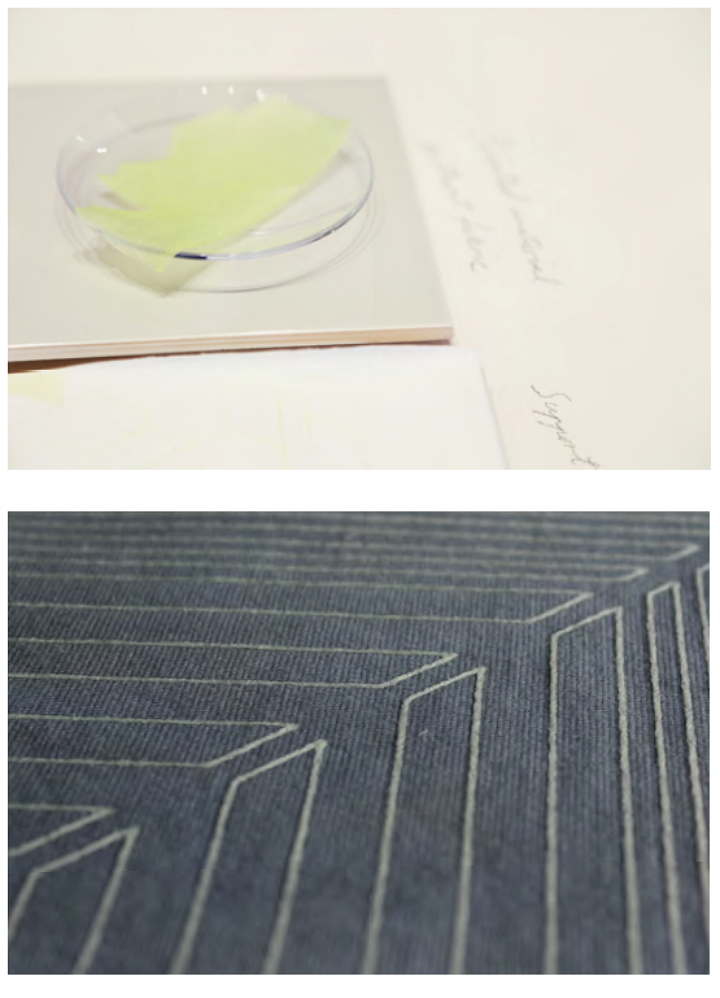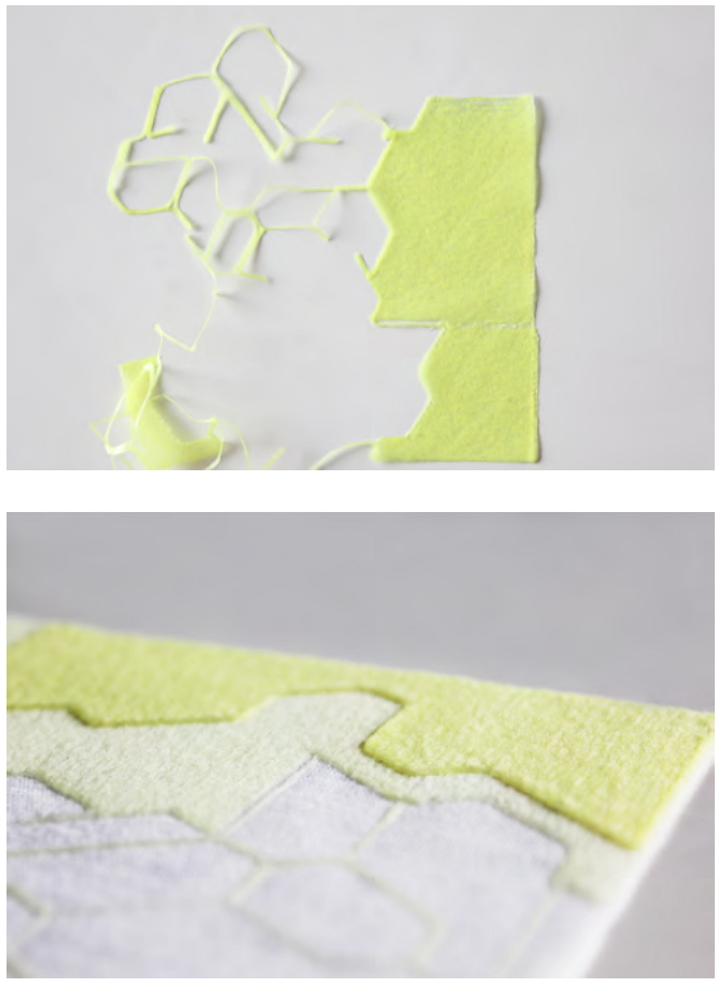New Research Says That a New BioEconomy May Be Driven By 3D Printed Cellulose Materials

A team of researchers are hard at work developing new bio-material applications for cellulose-based compounds for 3D printing applications to replace fossil derived raw materials.
Called the Design Driven Value Chains in the World of Cellulose (DWoC) 2.0 project, the work is being coordinated by the VTT Technical Research Centre in Finland, and this government program takes a focused look at the importance of the “bioeconomy.”
“Renewal necessitates giant, research-driven leaps, strong risk taking and national investment in research and innovation funding,” says Johanna Buchert, the Vice President of Research at VTT. “Wood – the green gold of Finland – is a renewable raw material, and wood cellulose can be converted to a golden opportunity when we find new, high-added-value applications alongside the traditional paper and pulp industry.”

The first phase of the DWoC project aims to discover methods which combine design and materials, and a wide variety of those formulations were researched and tested. The project led to a few preliminary product concepts and ideas such as making yarn directly from pulp fiber suspensions. That product actually entered the manufacturing stage when Spinnova rolled it out this year.
But it may well be textile applications for 3D printing of cellulose which hold the most promise. Design is a crucial driver for 3D production methods, and the ability of the technology to tailor small batches of personified products in a flexible – and economical – way is generally focused on using the two dominant plastics; ABS and PLA. The work in Finland is targeted at broadening the available palette by investigating and developing renewable materials. The Finns are examining the suitability of cellulose-based raw materials for 3D FDM printing using thermoplastic cellulose derivatives, and they selected low processing temperature materials for their 3D printing trials.
While the pure cellulose derivatives they tested performed poorly – they blamed insufficient layer adhesion – they did improve the material through plasticization, and that process both reduced melt viscosity and lowered glass transition temperature. Layer adhesion and overall performance were improved to the point that 3D structures could be built from this thermoplastic cellulose derivative.
Tiia-Maria Tenhunen, Tuomas Hänninen and Marjaana Tanttu of Aalto University did work on concepts aimed at creating “functional patterning” for sportswear textiles, and their work was part of a Master’s thesis in Textile Art and Design.
The team says that potential applications were successful in allowing for self-standing objects, and printed surface structures on fabrics as well as on other substrates. The nScrypt, direct-write 3D printing method they used is an extrusion-based process which uses paste-like materials dispensed through a syringe pump system.
The team at Aalto say the technique allows a wide variety of different types of materials to be printed such as hydrogels, cellulose based plastics and pulp fibers composites.
The “cellulosic hydrogel” structures were built using cellulose dissolved in ionic liquids or by using highly hydrophilic oxidized nanocellulose. Those structures can be stored in aqueous or highly humid conditions. The hydrogels were also used to produce highly porous, aerogel-like objects by freeze drying, and a hard cellulose derivative can be printed in and dried very quickly in air with very little shrinkage.
The Aalto team says soft cellulose derivatives were ideal for flexible structures and for printing on fabrics. As part of that process, pulp fibers and colorants were mixed with soft and hard cellulose derivatives to create fibrous composite materials, and each of them had completely different “look and feel” characteristics.
The researchers say their printed structures which were hard or soft, strong or brittle, stiff or flexible, porous or dense, can be 3D printed directly on substrates or fabrics. As a demonstration, the team used a soft cellulose derivative to print a “string of pearls.” In that product, a 10% mixture of cellulose fibers was added to the soft cellulose derivative.
This research could open up numerous new applications for 3D printing. Have you considered using cellulose-based materials for any of your 3D printing projects? Do you think such materials will be durable enough to enter mainstream production use in the near future? Let us know in the 3D Printed Cellulose Materials forum thread on 3DPB.com.

